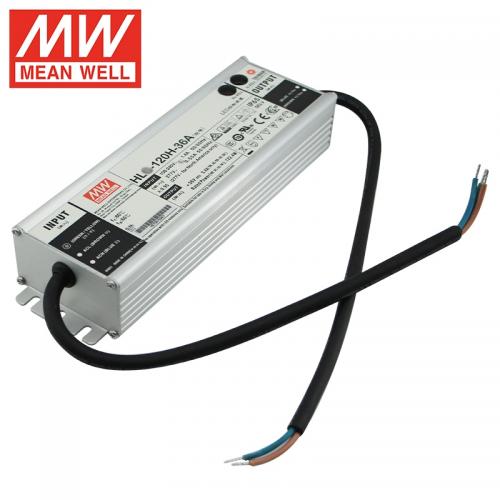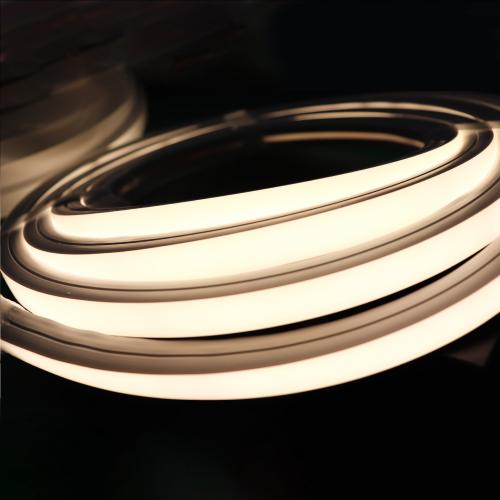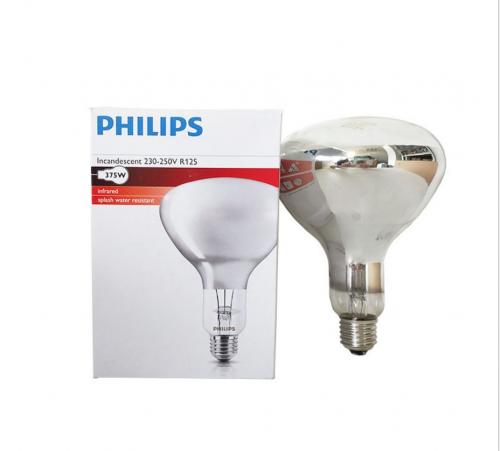What voltage do most LED lights use?

LED lights have become a staple in modern lighting solutions due to their energy efficiency, long lifespan, and versatility. As a professional knowledge blogger, I aim to offer a comprehensive understanding of the voltage requirements for LED lights, which is a fundamental aspect of their operation and application.
LED lights, or Light Emitting Diodes, are semiconductor devices that emit light when an electric current passes through them. Unlike traditional incandescent bulbs, which require higher voltage levels to operate, LED lights are designed to work with a variety of voltage ranges, making them suitable for numerous applications. Understanding the voltage requirements of LED lights is crucial for both consumers and professionals who wish to optimize their lighting systems for performance and energy efficiency.
The voltage requirement for LED lights can vary significantly depending on the type and application of the LED. Generally, most standard LED lights used in residential and commercial settings operate at low voltage levels. The most common voltage levels for LED lights are 12 volts and 24 volts. These low voltage systems are popular because they are safer to handle and install, reducing the risk of electrical shock and making them ideal for DIY projects and outdoor installations.
12-volt LED lights are widely used in automotive applications, landscape lighting, and under-cabinet lighting. They are favored for their compatibility with battery systems, making them a popular choice for RVs, boats, and solar-powered setups. The 12-volt systems are also easy to integrate with existing low-voltage wiring, making them a versatile option for various lighting needs.
24-volt LED lights, on the other hand, are often used in commercial and industrial settings where longer runs of LED strips are required. The higher voltage allows for reduced current flow, minimizing voltage drop over long distances and ensuring consistent brightness along the entire length of the LED strip. This makes 24-volt systems ideal for large-scale installations such as office buildings, warehouses, and retail spaces.
In addition to these low-voltage systems, there are also LED lights designed to operate at standard household voltages, typically ranging from 110 volts to 240 volts, depending on the region. These LED bulbs are designed to replace traditional incandescent or compact fluorescent bulbs in standard fixtures and are equipped with built-in drivers that convert the higher voltage to a suitable level for the LED to function. This makes them a convenient option for consumers looking to upgrade their existing lighting to more energy-efficient LED solutions without the need for additional transformers or modifications.
While 12-volt and 24-volt systems are the most common, it is important to note that some specialized LED applications may require different voltage levels. For instance, certain LED grow lights used in horticulture may operate at higher voltages to deliver the necessary power for optimal plant growth. Similarly, high-power LED floodlights used in stadiums or outdoor arenas may also require higher voltage levels to achieve the desired brightness and coverage.
When selecting LED lights, it is essential to consider the specific voltage requirements of the application to ensure compatibility and optimal performance. Using the incorrect voltage can result in inadequate lighting, reduced lifespan, or even damage to the LED lights. Therefore, it is crucial to consult the manufacturer's specifications and guidelines when choosing LED products for your lighting needs.
In addition to voltage considerations, it is also important to understand the role of LED drivers in regulating the voltage and current supplied to the LEDs. An LED driver is an essential component that converts the input voltage to the appropriate level required by the LED. It also provides protection against voltage fluctuations and ensures consistent performance. In many cases, LED drivers are built into the LED fixture, especially for bulbs designed for standard household voltages. However, for low-voltage systems, an external driver or transformer may be necessary to step down the voltage from the main power supply.
Furthermore, advancements in LED technology have led to the development of smart LED systems that can be controlled remotely via smartphones or smart home devices. These systems often incorporate dimming and color-changing features, allowing users to customize their lighting experience. For these smart LED systems, it is important to ensure that the voltage requirements are compatible with the control systems to avoid any operational issues.
In conclusion, understanding the voltage requirements of LED lights is a fundamental aspect of optimizing their performance and ensuring their safe and efficient operation. Whether you are a homeowner looking to upgrade your lighting to more energy-efficient solutions or a professional planning a large-scale commercial installation, selecting the appropriate voltage level for your LED lights is crucial. By considering the specific needs of your application and consulting the manufacturer's guidelines, you can make informed decisions that enhance the functionality and longevity of your LED lighting systems. As LED technology continues to evolve, staying informed about the latest developments and trends in voltage requirements will help you stay ahead in the ever-changing landscape of lighting solutions.

 Afrikaans
Afrikaans Čeština
Čeština Dansk
Dansk Deutsch
Deutsch Español
Español Francais
Francais Italiano
Italiano Magyar
Magyar Nederlands
Nederlands Norsk
Norsk Polski
Polski Português
Português Română
Română Slovák
Slovák Suomi
Suomi Svenska
Svenska Tiếng Việt
Tiếng Việt Türk dili
Türk dili Ελλάδα
Ελλάδα Русский
Русский اللغة العربية
اللغة العربية แบบไทย
แบบไทย 中文繁體
中文繁體 日本語
日本語 한국인
한국인







